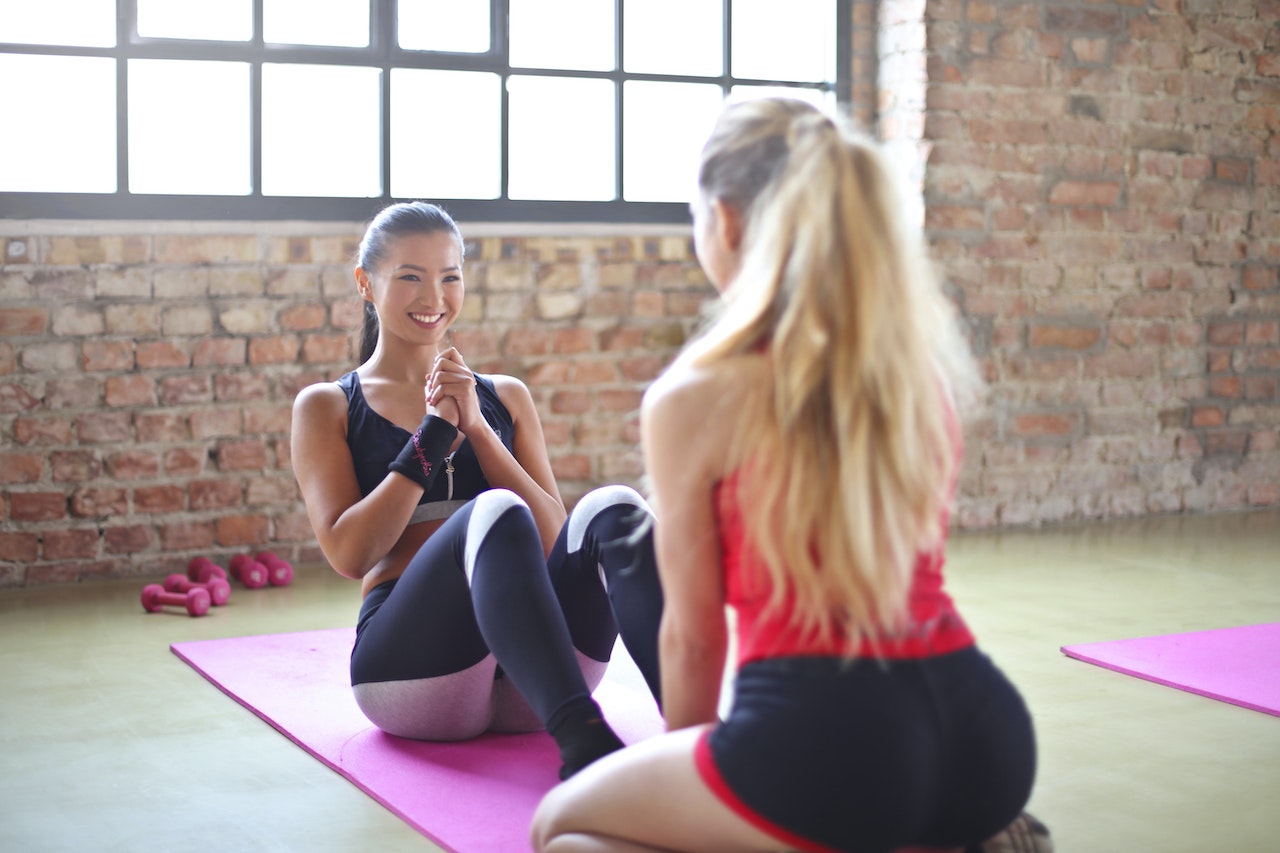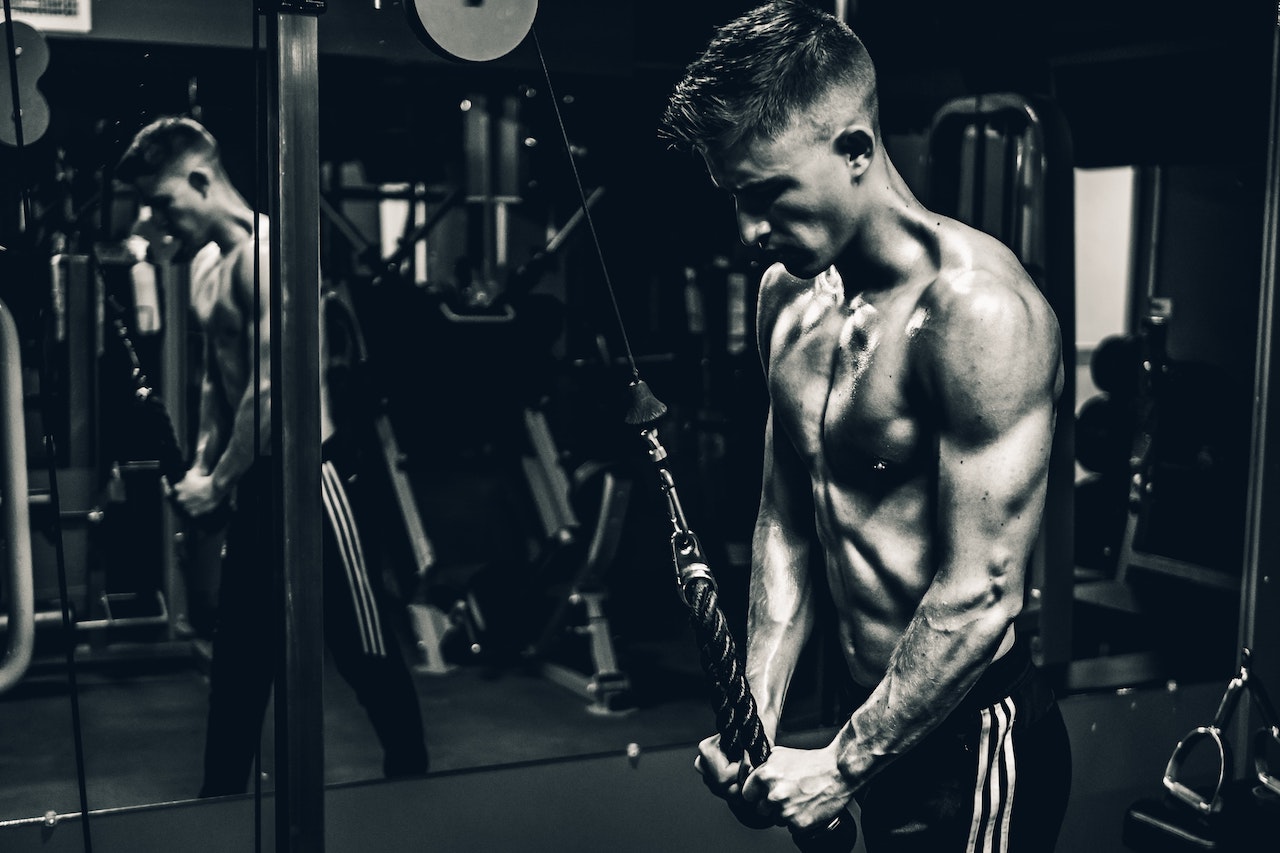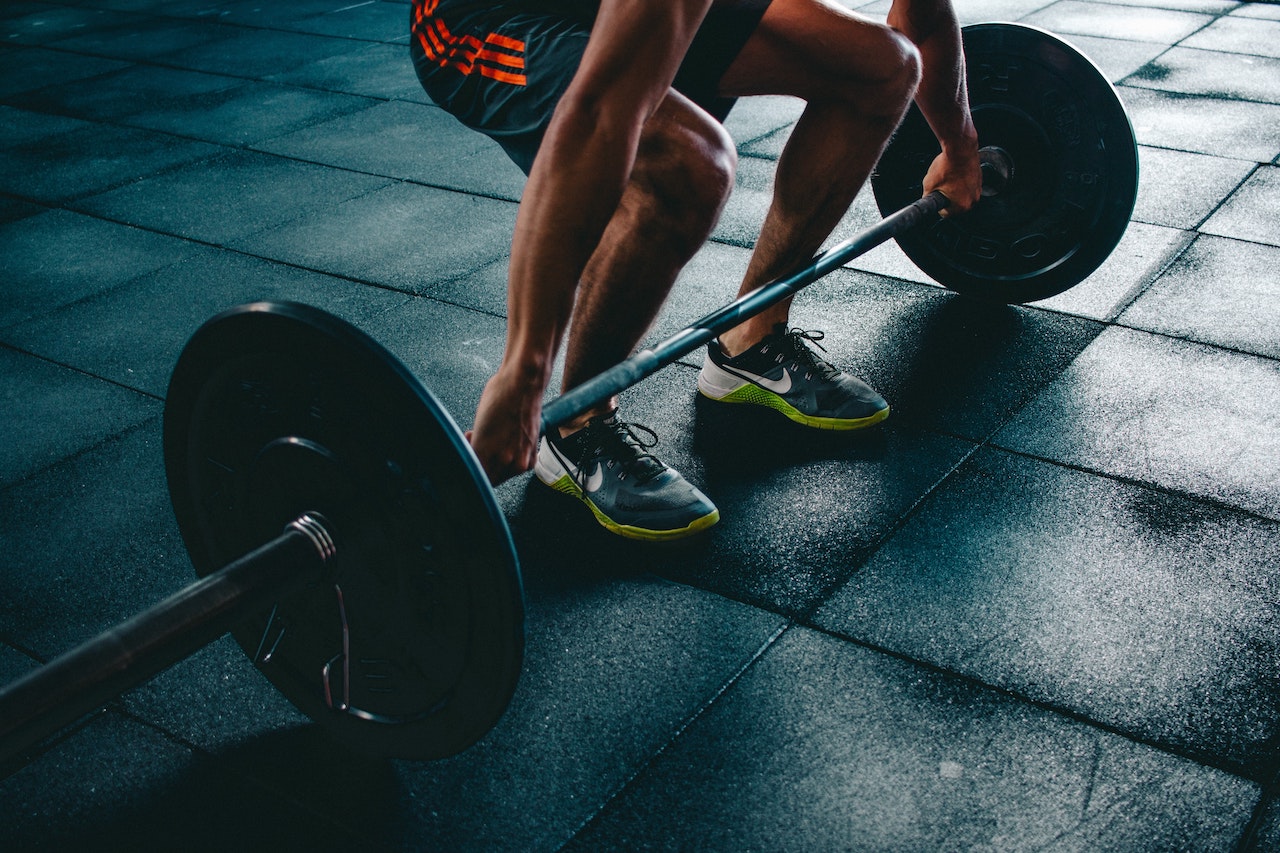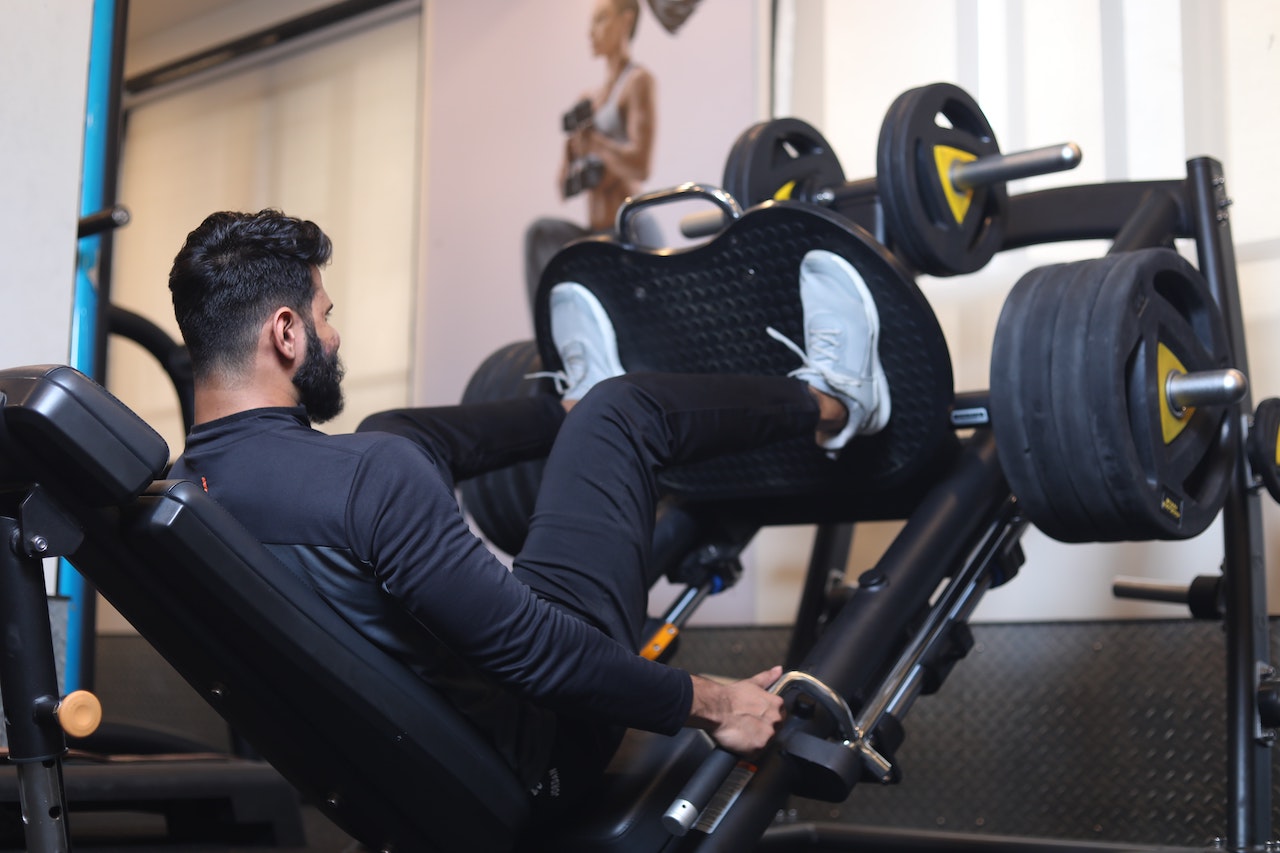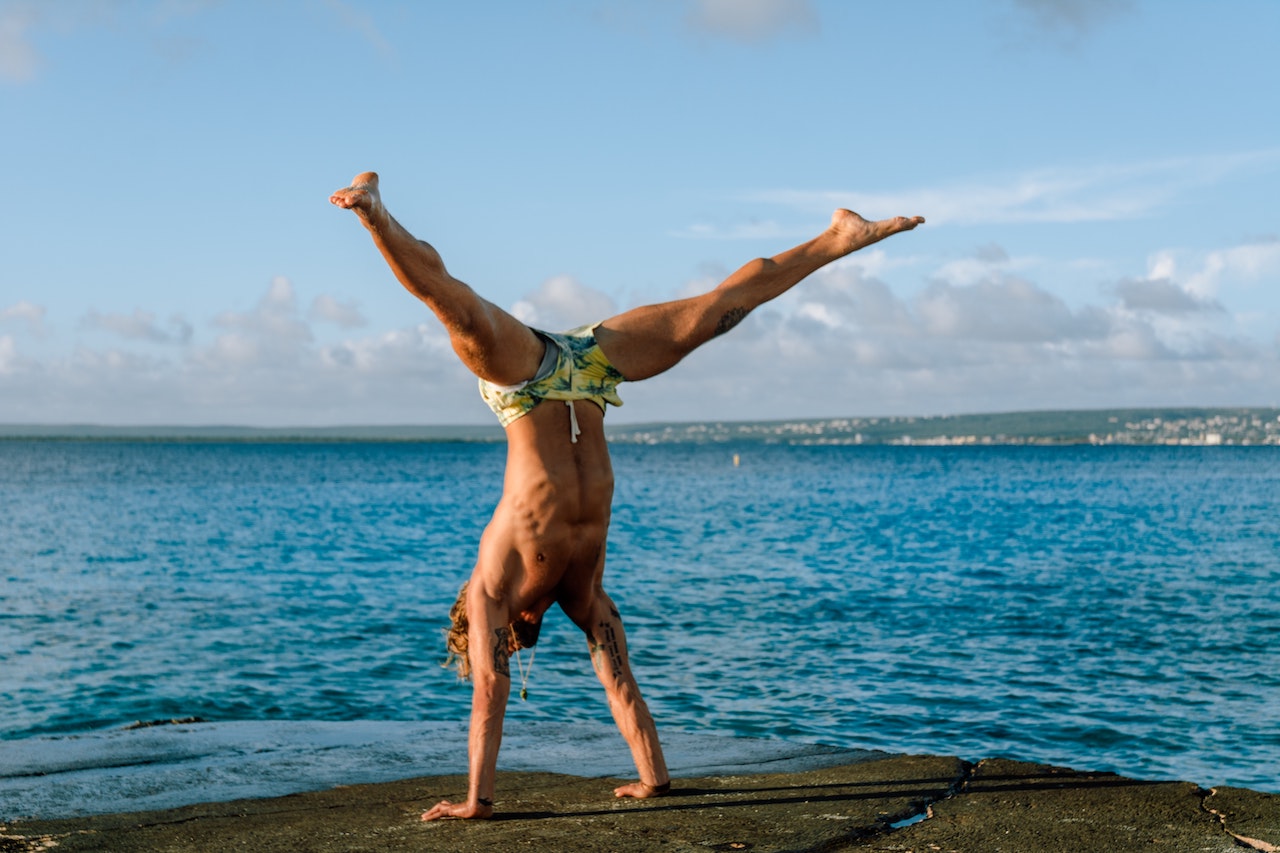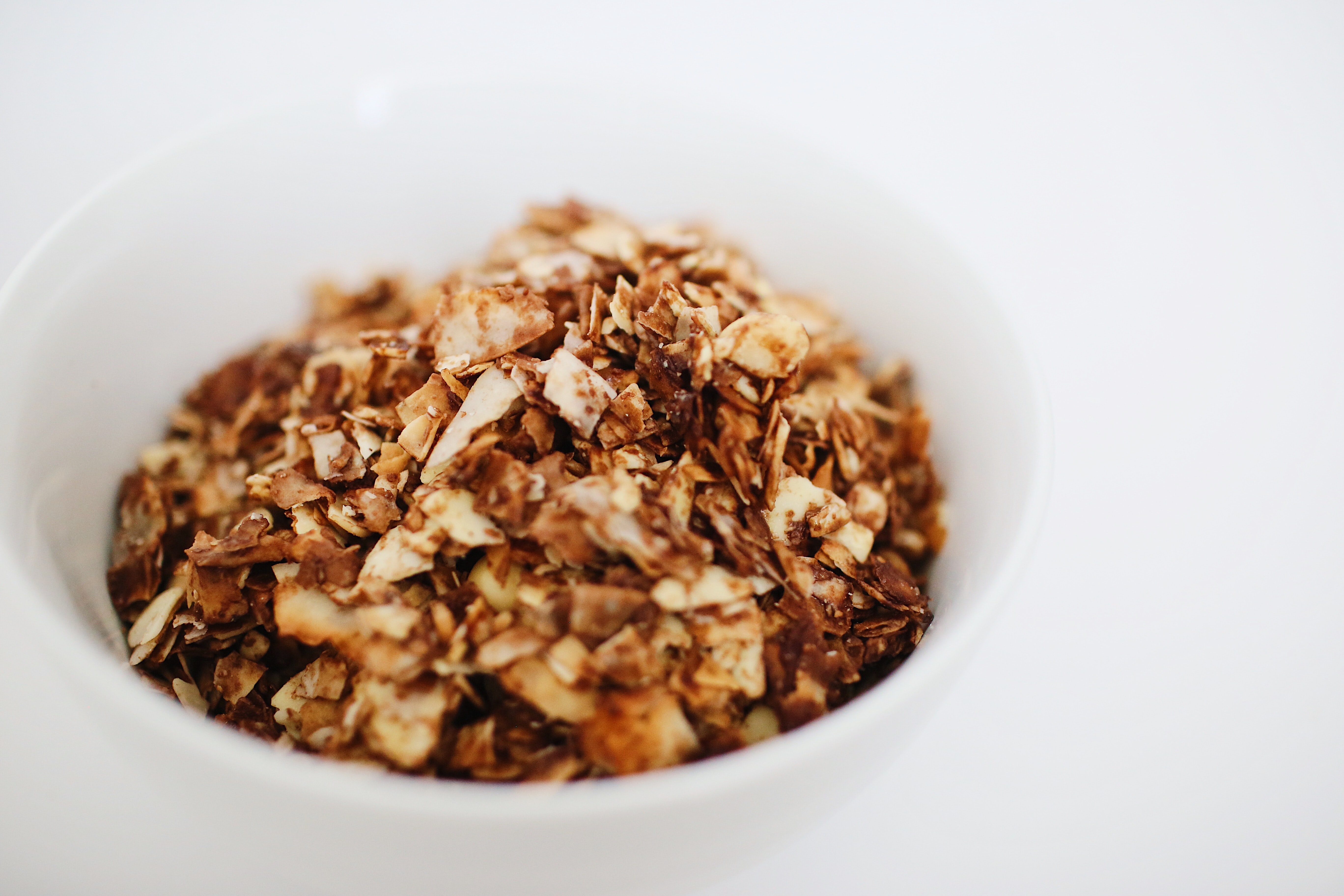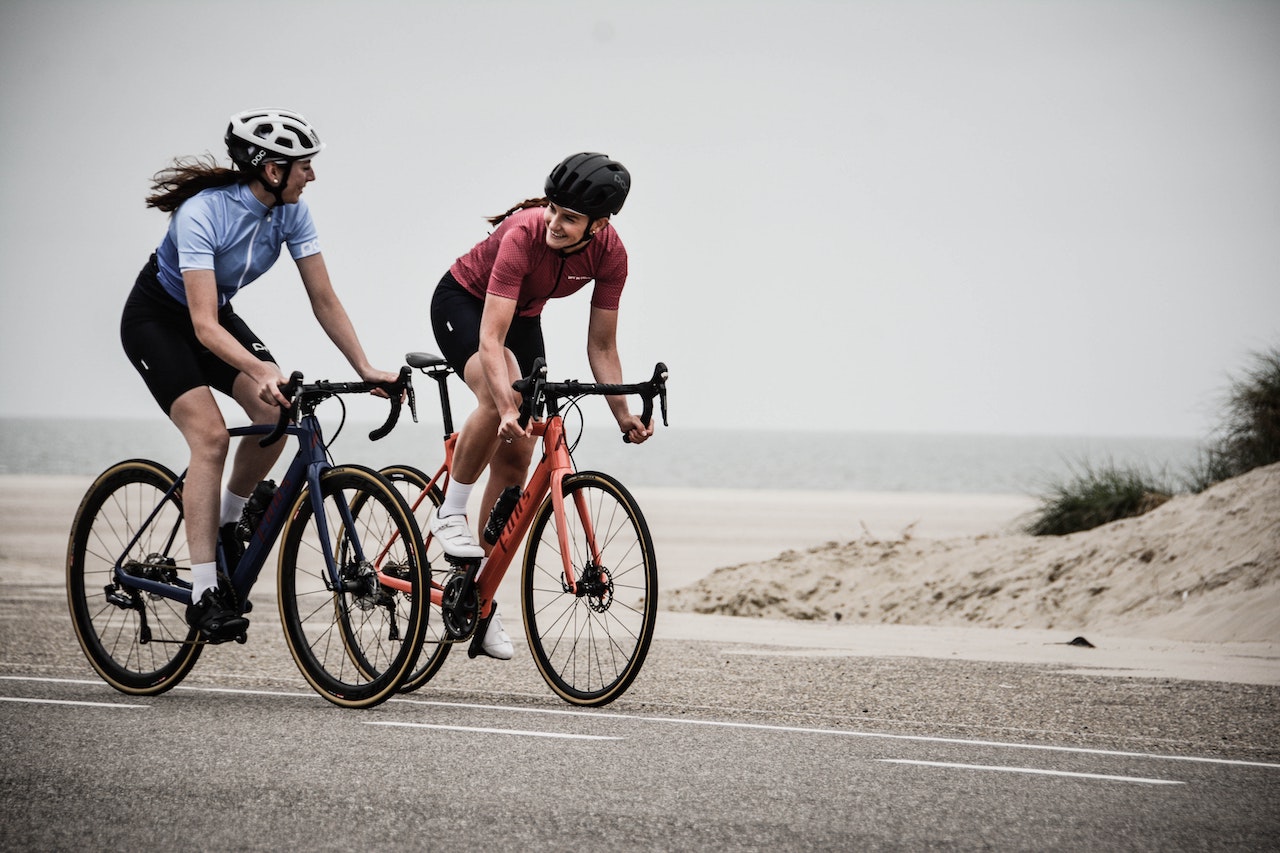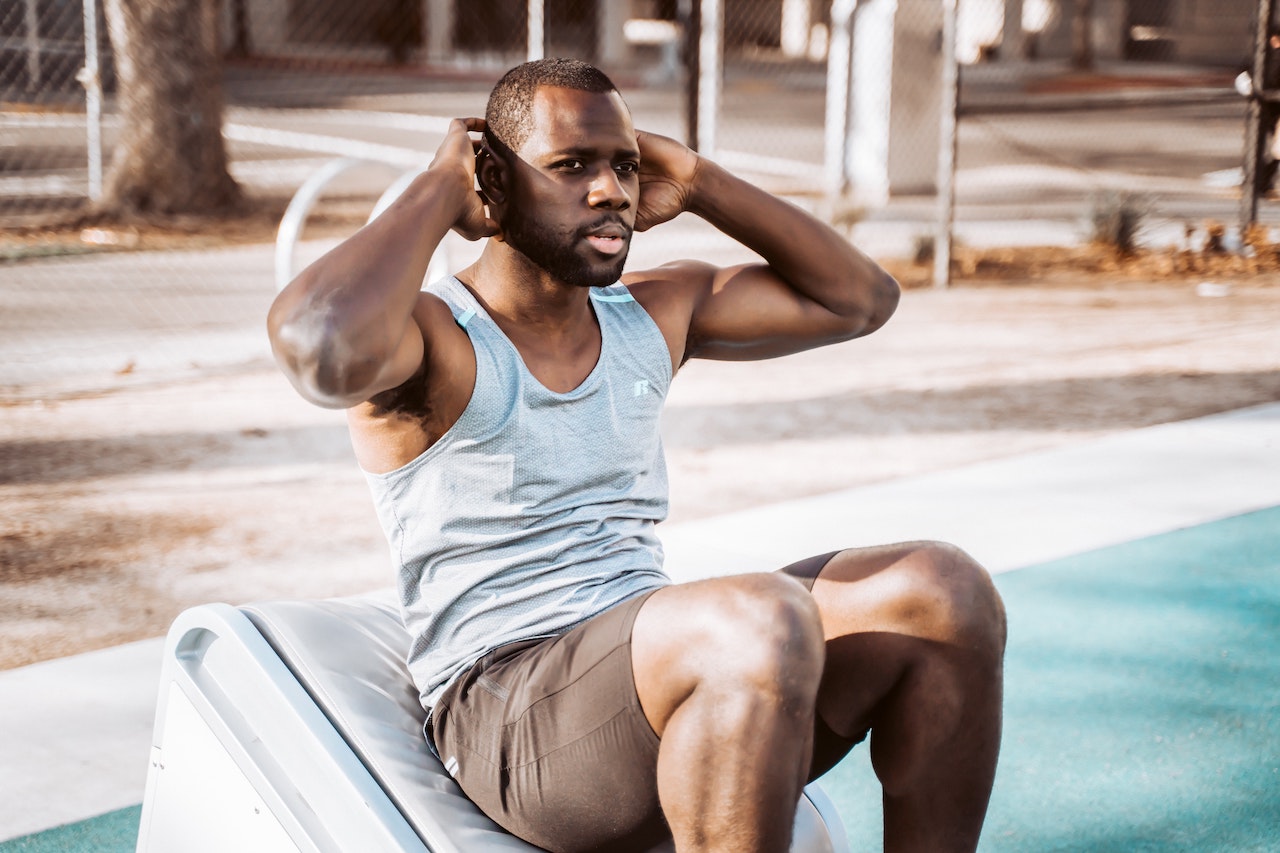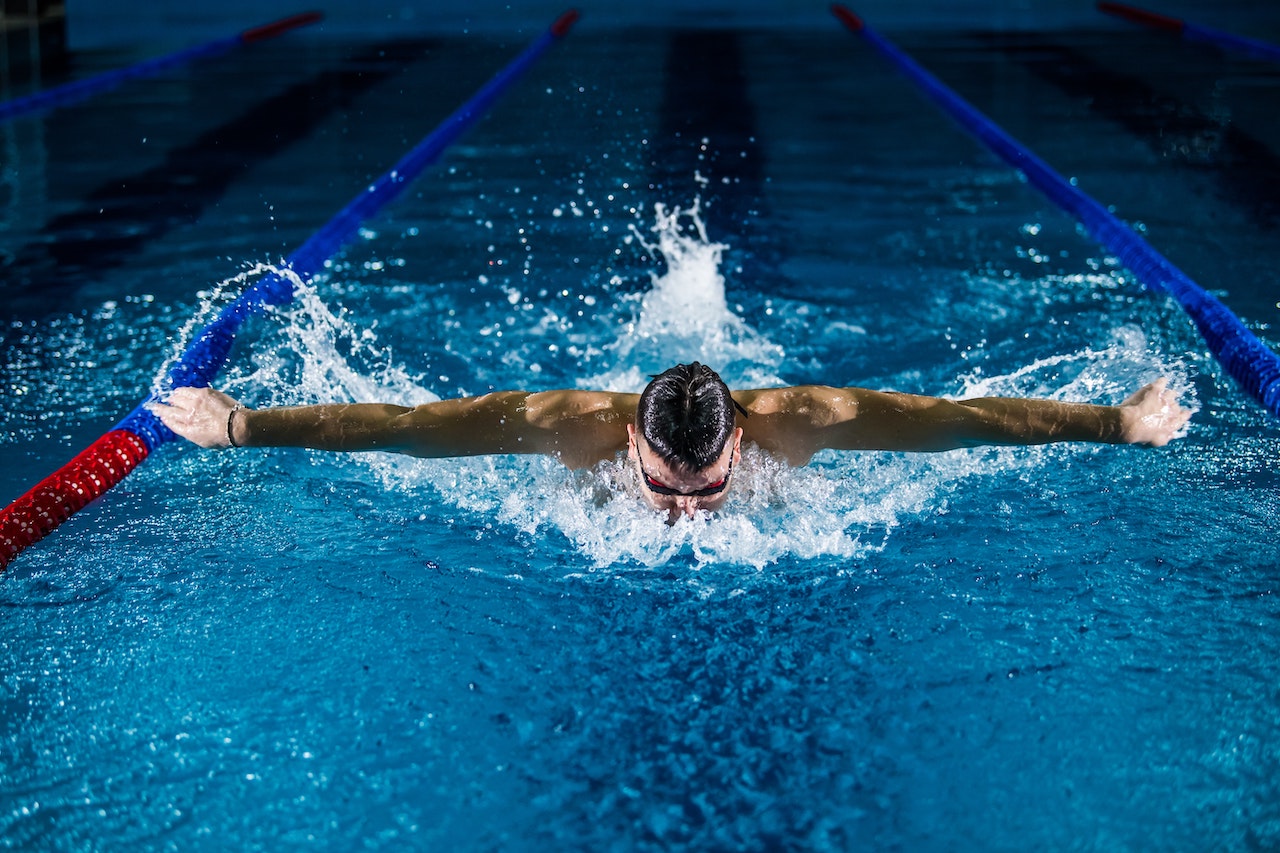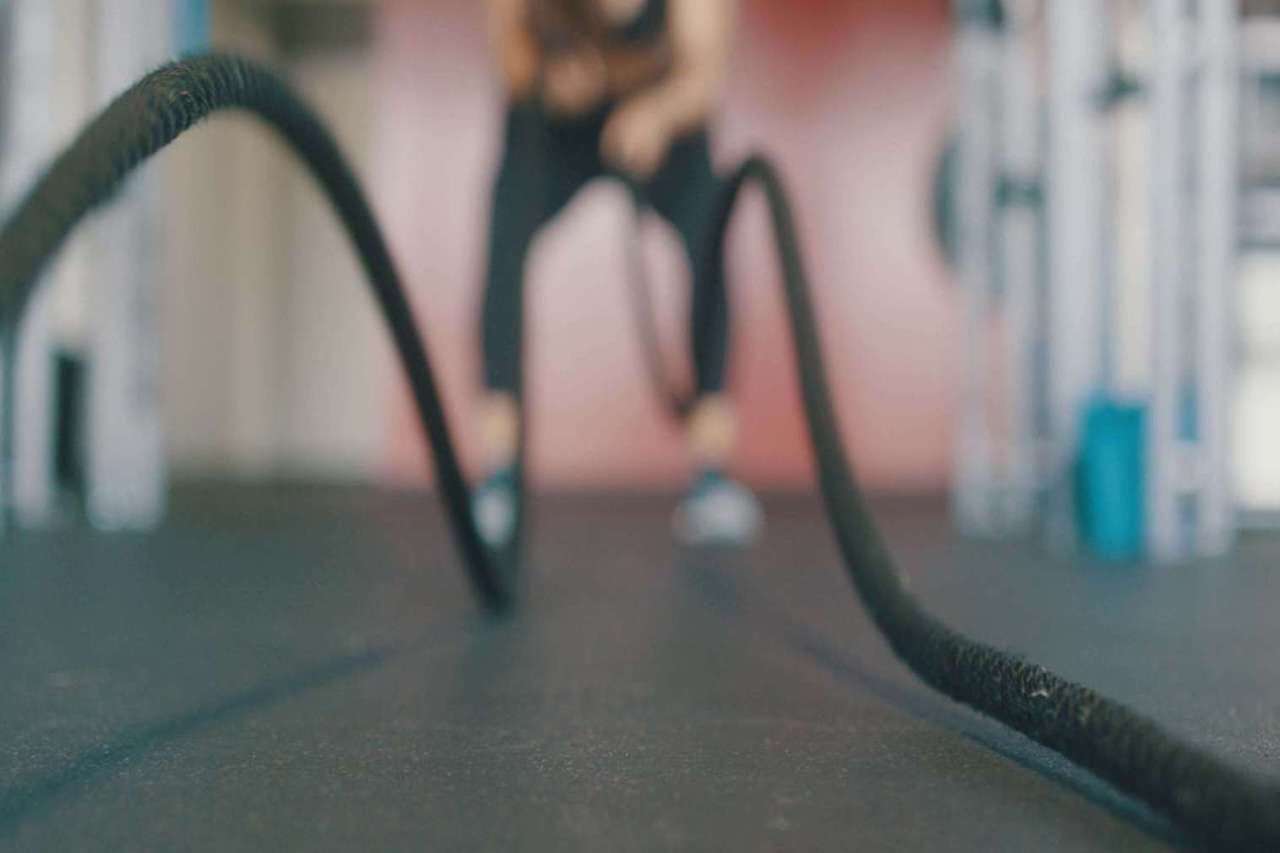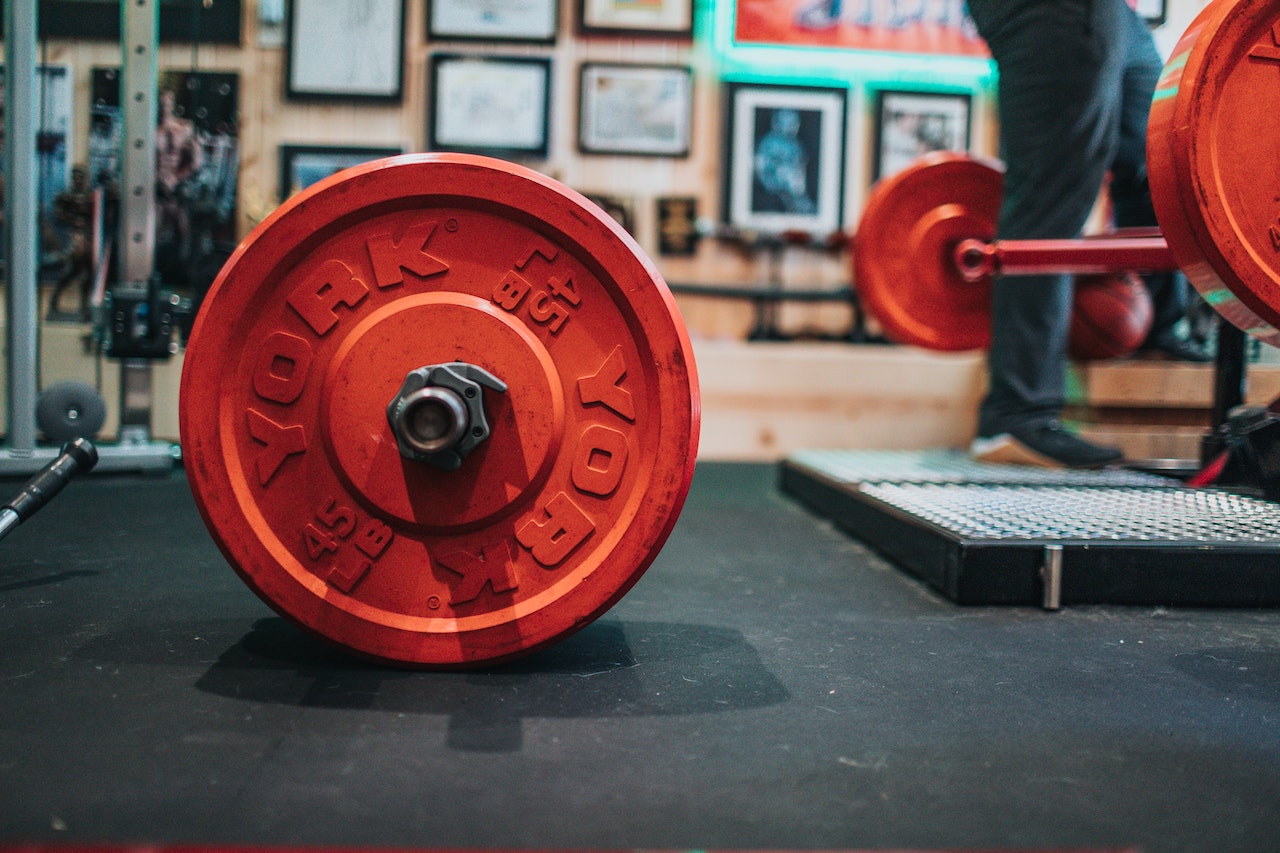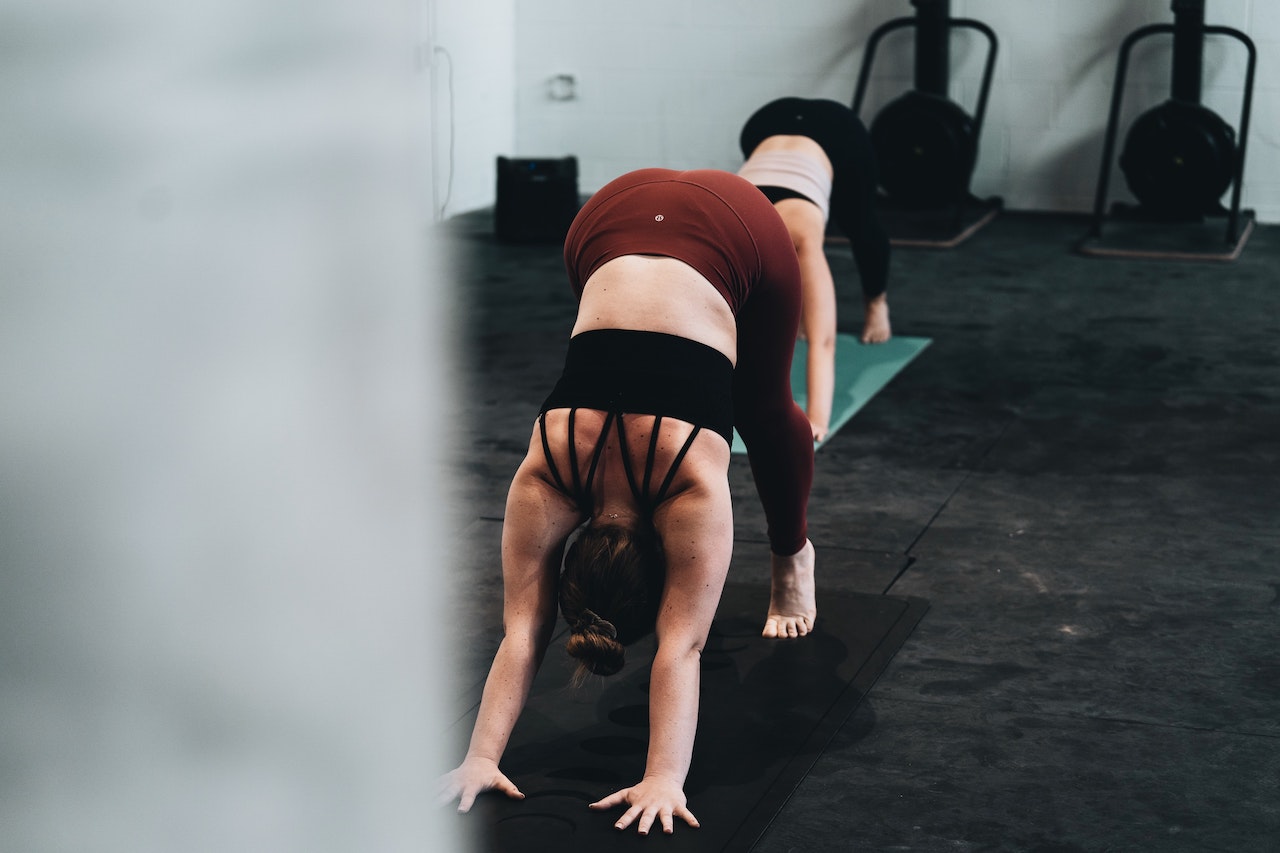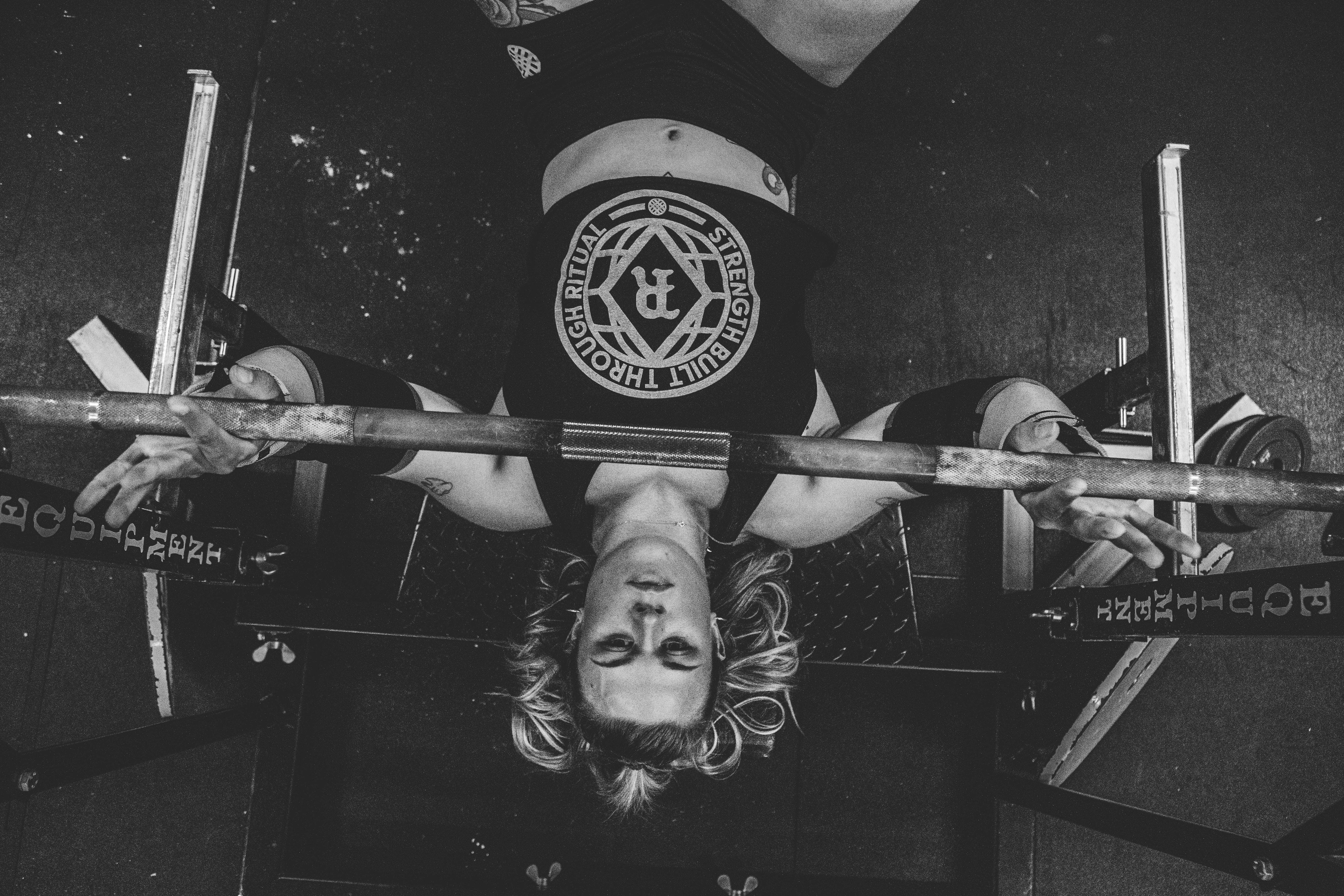barbell rowing
what is the best way to train your back? Full, wide and with more detail. It's not just reaching athletes who can do this, the average fitness enthusiast can too, if you master effective methods.
The back muscles are quite a complex group of muscles and understanding the function of each of them doing their job is more than just pulling horizontally and pulling vertically.

expanding the back
inverted triangles show off a thin waist, but they're very hard to develop! The back is a large body part and training it requires a lot of strength, intensity and a programmed that brings results.
Many different movements can be used to train the back. Barbell rowing, rope rowing, hard pulls and pull-ups will no doubt come to mind, and these are just the introductory movements. Where do you start and what do you most want to work on? Here are 4 advanced back moves you definitely don't want to miss to add to your routine to keep the muscles toned!
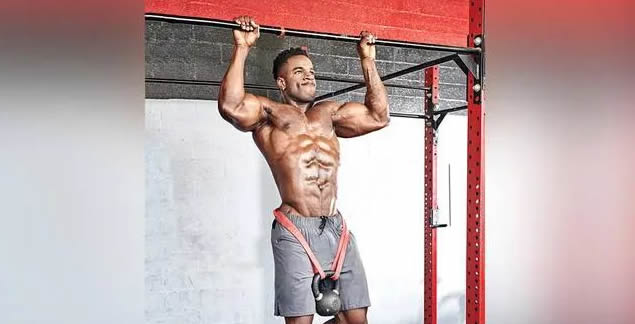
weighted pull-ups
before you train your back, it's important to know what muscles you're targeting. Let's look at the functions of the main muscle groups in the back: Latissimus dorsi, rhomboids, erector spinae, rhomboids and rhomboids.
Muscles and functions
function of the latissimus dorsi: Shoulder extension; internal shoulder retraction function of the rhomboids: Scapular lift, internal retraction and lowering of the scapula function of the erector spinae: Extension and support of the spine function of the rhomboids: Posterior extension and internal rotation internal retraction of the shoulder joint function of the rhomboids: Internal retraction of the scapula

back muscles
moves you must do to train your back
1. Reverse grip pull-ups 21s
pull-ups 21s increase the time that the back muscles are under tension while targeting the muscles in 3 different ranges of motion.
By developing the latissimus dorsi and the entire back musculature, a fuller and wider inverted triangle is created. If you switch to a positive grip, you can engage more of the latissimus dorsi and less of the biceps.

reverse grip pull-ups
movement steps.
Hold the bar with a wider reverse grip. At the lowest point of the movement, fully extend the back. Perform 7 pull-ups from the lowest point to the middle point. Do 7 pull-ups from the middle point to the highest point. Do the last 7 reps for the full length of the movement. Squeeze to tighten the shoulder blades and then lower down to the starting position from the bottom, moving slowly to counter gravity.
Tip.
Sink the shoulder blades as you pull up. Practice with a partner or use equipment to assist.
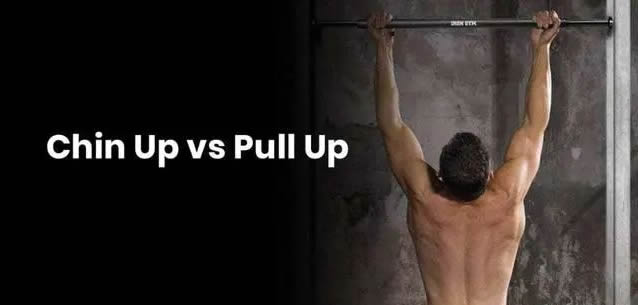
forward grip pull-ups vs. Reverse grip pull-ups
2. Racked barbell row
doing the row on a deep squat rack breaks up the centripetal and centrifugal phases of the movement, recruiting more muscle fibers to fire and promoting their growth. This technique will also increase the thickness of the back.
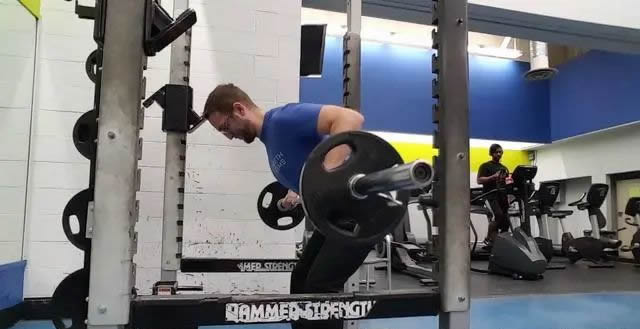
racked barbell row
movement steps.
Place the barbell on the rack at mid-calf height with a grip shoulder-width apart. Explosively pull the barbell towards the chest and then slowly lower the barbell onto the rack. Pause on the rack for 1 to 2 seconds to release the pressure on your back and repeat.
Variations
add chains to the ends of the barbell to vary the strength curve and add resistance during the pull up phase to add difficulty to the movement.
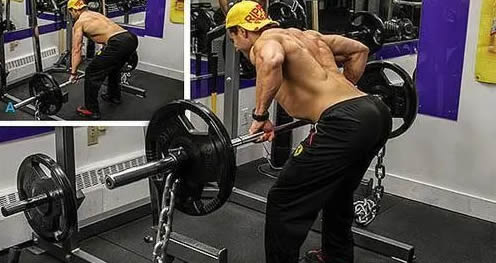
racked barbell row
3. Alternating kettlebell row
each exercise targeting one side of the back improves balance and development. The dynamic aspect of the alternating row also requires more energy to develop the entire back and pulling strength.
This movement creates impact on the back and provides a different stimulus to traditional dumbbells, improving functional strength and grip strength, both conditions that are particularly useful for exercise.

alternating kettlebell row
movement steps.
Hold a pair of kettlebells with hips and knees slightly flexed. Brace your core, keeping your back flat. Pull the kettlebells under the armpits, passing the abdominal obliques sideways to the body as the elbows go up past the torso. Move on to the other side, keeping a continuous rhythm.
Variations.
Do this movement lying on an upward slanting plank to turn it into a more isolated movement.
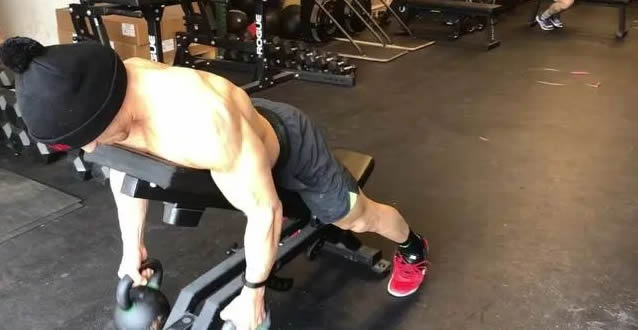
upper incline plank kettlebell row
4. Straight arm pulls down
this exercise trains the latissimus dorsi in isolation through a controlled movement, creating a greater range of motion with the ropes. The straight arm pulls down allows for precise stimulation of the latissimus dorsi with minimal involvement of other muscles. It is a finishing move that can be done very well with consistent chanting and movement.

rope straight arm pull down
movement steps.
Grab the rope and stand with your body away from the gantry. Feet shoulder-width apart, chest up. Contract the latissimus dorsi and pull the rope from the shoulder joint, keeping the arms even. Pull the rope to a position on either side of the hips. Squeeze and slowly lower the rope back to eye level.
Variations.
Grasp the ends of the rope with one hand and isolate the muscles on one side by pulling down with one arm.

back extension
broad, muscular, full and strong is the best way to describe the back you want to develop. Add these 4 moves on your way to a unique and effective back workout!

